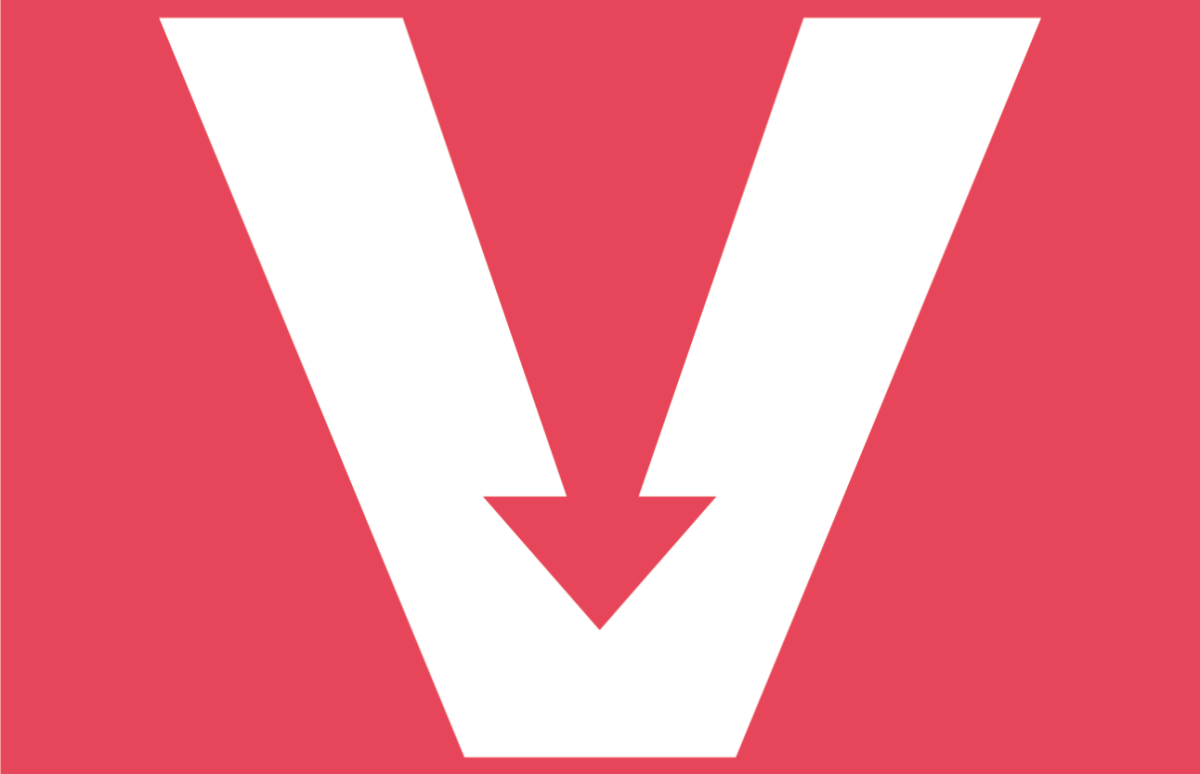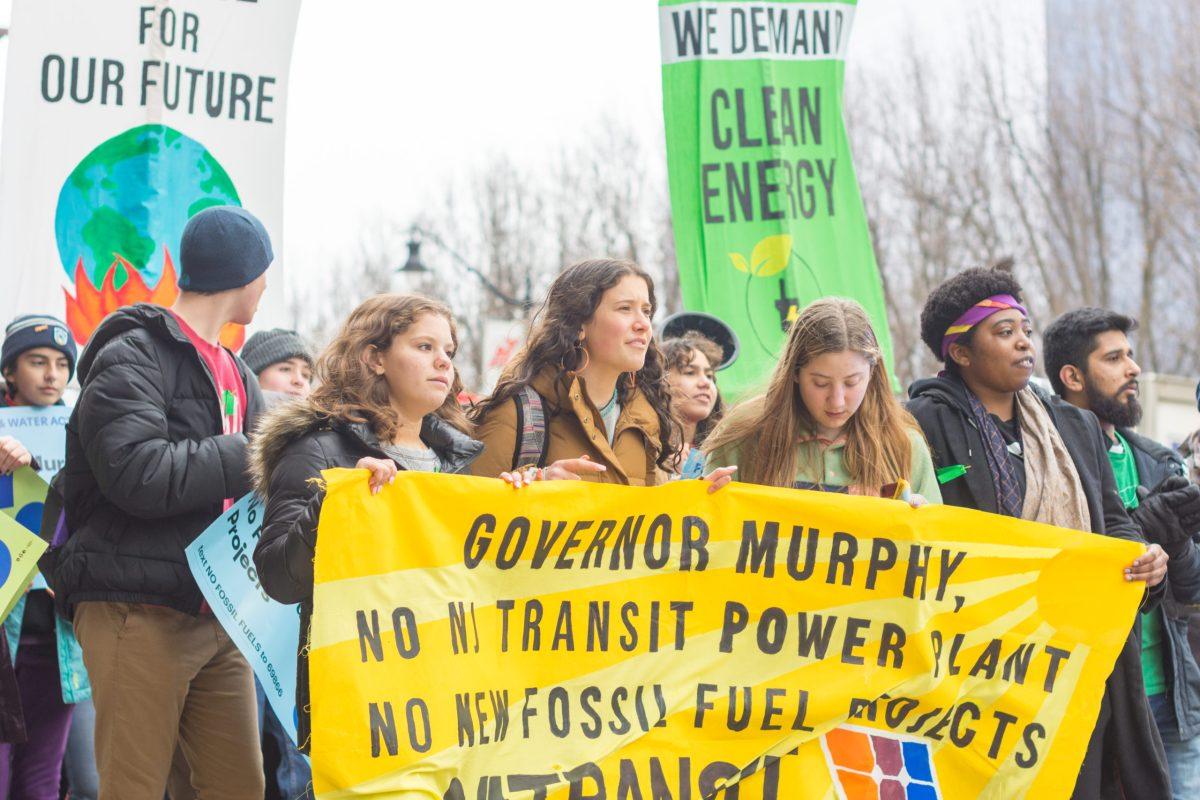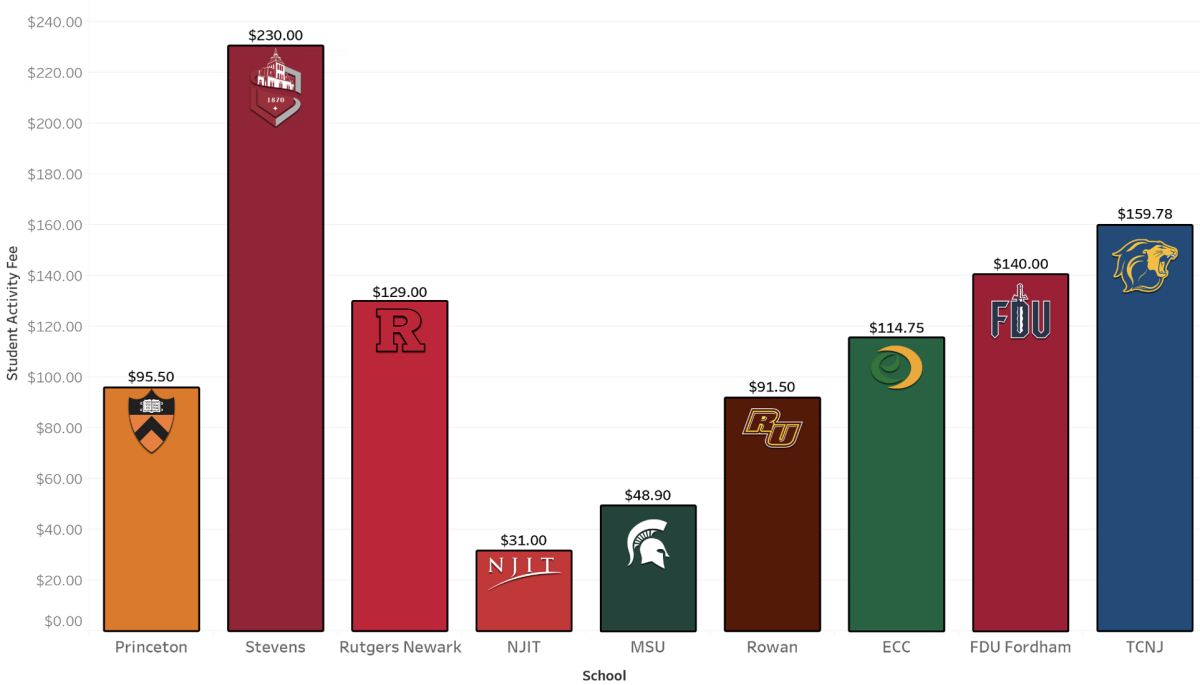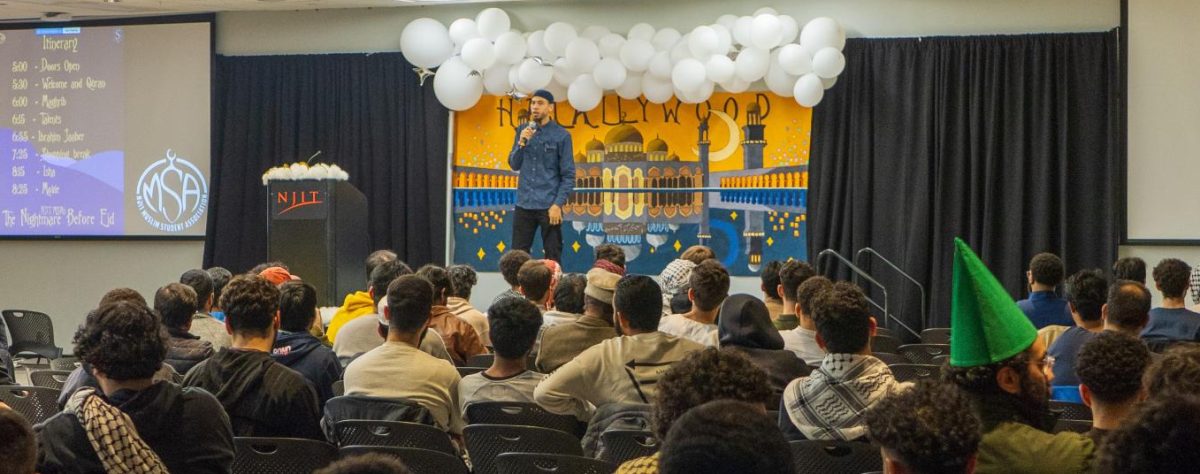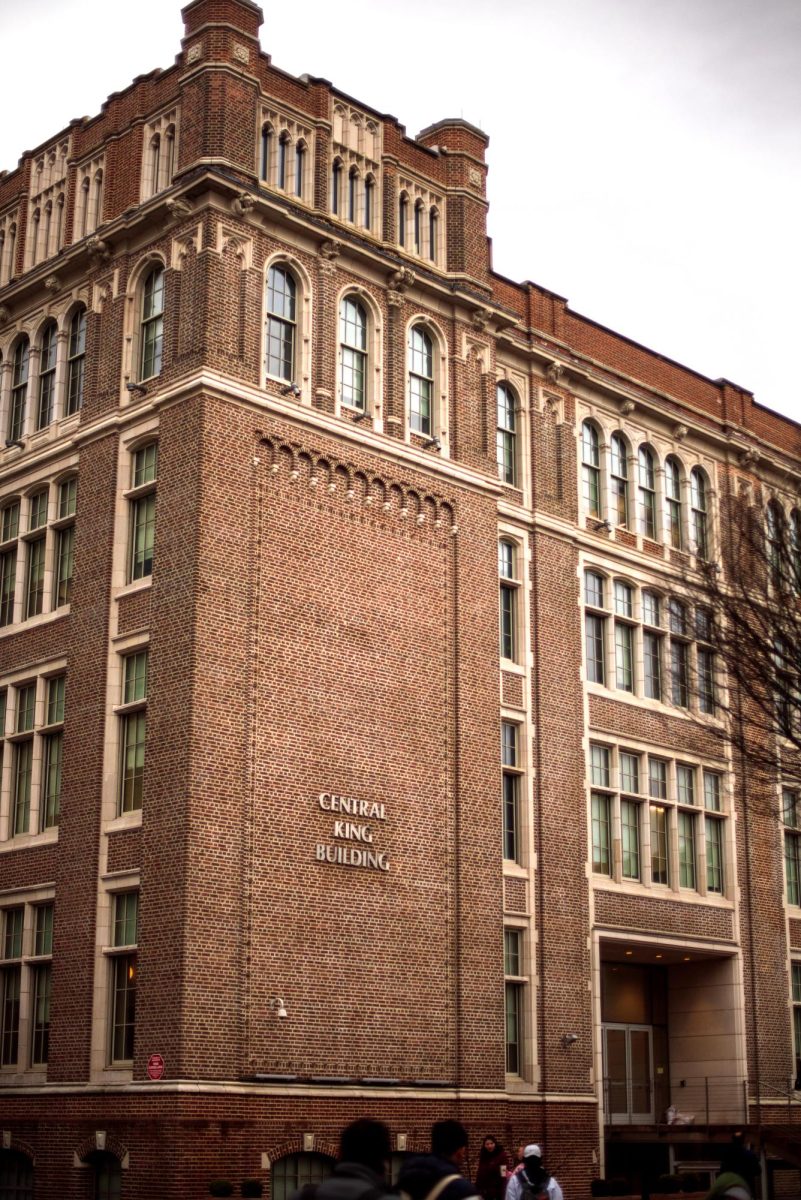New York City is one of the most desirable cities in which to work and reside. However, according to a Kiplinger survey, the cost of living in Manhattan was 138.6% higher than the national average in 2018, which makes it the most expensive city in the country to live in. And now, Manhattan might also be the most expensive place to work.
Congestive pricing was a concept first proposed in 2007 with the goal of charging vehicles travelling into New York City. After many proposals were stalled by the New York State Assembly, it was finally approved as of Apr. 1, 2019. Starting in 2021, vehicles entering Manhattan below 60th Street will pay a toll to raise money to fix New York City’s subway system and reduce traffic heading into the city. Emergency vehicles, vehicles carrying disabled people, and drivers who live in the congestion zone will be exempt from this tax. Drivers using the West Side Highway and Franklin D. Roosevelt Drive would also not pay. Other groups, from Staten Island commuters to motorcyclists, have made pushes to receive exemptions although it has yet to be determined if they will receive them.
The congestive tax would affect about 115,000 people who drive from New Jersey to Manhattan below 60th Street each weekday. According to the New York Metropolitan Transportation Council, that amounts to 13% of the 880,000 people who drove into the congested area in 2017. This does not account for the 150,000 people who cross the George Washington Bridge in order to enter the congested zone as well. Not only would commuters suffer from paying this tax, but many businesses that rely on site deliveries will now have to pay extra to receive their merchandise.
Many of the people who drive from New Jersey already have to pay a tax in order to enter Manhattan. The congestive tax would mean that New Jersey drivers would be taxed twice in order to enter the city. While the fees have not been set, car drivers could be charged up to $15 while truck drivers might have to pay $25 to drive into the city. In order to determine if the driver meets the taxation requirements, cameras will read the license plates of vehicles and drivers would be charged either by bill or E-Z Passes.
Despite outcries from New Jerseyans, New York State Budget Director Robert Mujica told The New York Times that they should consider abandoning their cars and taking public transit instead, stating that “New Jersey commuters aren’t being treated any differently.” While some commuters have considered using the New Jersey Transit system, the system also suffers from years of neglect.
In the wake of New York adopting congestive prices, many other cities around the country are looking to do the same. Los Angeles, San Francisco, Philadelphia, Boston, Seattle, and Portland are now considering imposing a tax in order to cut down on traffic and raise money for public transportation. Supporters in Seattle have been studying this idea since before New York approved of congestive taxing. Mayor Jenny Durkan included this idea as part of her budget in order to make the city compliant with the Paris Climate Accord in order to tackle climate change. In order to reduce carbon dioxide emissions, the city of Seattle strives to reduce congestion entering the city.
London introduced a similar system in 2003 and since then, there have been 30% fewer cars on roads in central London and an increase in average traffic speeds. Along with the reduction of traffic, emission rates dropped 10% within the area. However, London has not generated much of a revenue due to the emergence of private-hire vehicles, like Uber, that are exempt from the taxation.
Experts have found faults with the taxation program. Transit experts believe that the Lincoln and Holland tunnels will not tax drivers using them. If that is the case, drivers could switch from using other crossings to avoid being charged more. The introduction of new drivers would bring more traffic to both tunnels, creating more congestion in entering the city. Another worry is that if commuters begin to take public transportation, there will be fewer people on which to impose congestive pricing. In that case, New York would struggle to raise the amount of money needed to repair its inadequate subway system, the main reason for congestive pricing. However, officials in New York fully support the congestive tax in order to solve one of the city’s issues. If congestive pricing produces positive results in one of the biggest cities in the United States, we can expect more to follow their lead.
























